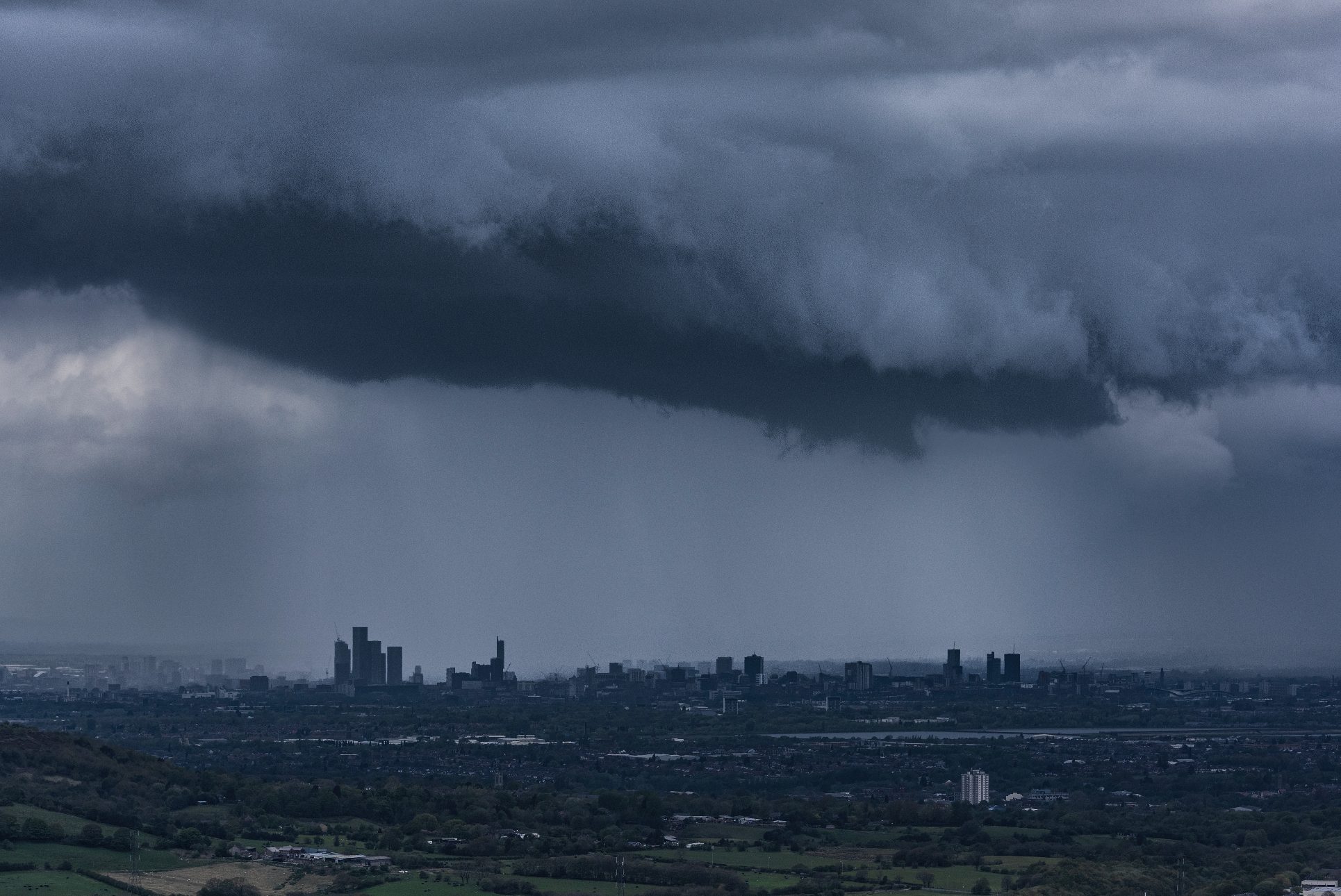What is triple-dip La Niña? Everything you should know about the intense weather pattern
Parts of the world are currently contending with a pretty heavy bout of La Niña, here's what that all means...


Weather aficionados are undoubtedly excited about this winter's predictions in the eastern Pacific Ocean, where a triple-dip La Niña is expected to influence temperatures for quite some time.
According to SciJinks, "La Niña is a weather pattern that occurs in the Pacific Ocean" and indicates the presence of strong winds that blow warm water at the ocean's surface from South America to Indonesia. "As the warm water moves west, cold water from the deep rises to the surface near the coast of South America," reads the site. As a result, folks can expect the Pacific Ocean near the equator to be colder than usual, a change that in turn affects weather all over the world.
What is the difference between El Niño and La Niña?
In Spanish, El Niño, which happens more often on average, literally means "the little boy." La Niña, on the other hand, translates to "the little girl."
Although, according to NBC San Diego, both terms "describe the weather phenomenon that involves changing surface ocean temperatures in the central and eastern equatorial Pacific throughout the year," the two happenings are slightly different.
Specifically, El Niño indicates a warming of surface ocean temperatures while its counterpart involves colder than average surface ocean temperatures. "Both events influence weather patterns, ocean conditions and marine life," reads the site.

Each event happens, on average, every two-to-seven years, albeit not on a regular schedule.
What is there to know about this year's triple-dip La Niña?
Believe it or not, this current La Niña pattern started back in September of 2020 and the World Meteorological Organization alongside the United Nations agency that gives out climate-related resources to countries around the world actually predict that the phenomenon will continue for another six months.
Sign up to our free daily email for the latest royal and entertainment news, interesting opinion, expert advice on styling and beauty trends, and no-nonsense guides to the health and wellness questions you want answered.
If that actually happens, it will be the very first time this century that La Niña has shown up for three consecutive years. Hence, the "triple dip" characterization.
What countries will the triple-dip La Niña mostly affect?
According to National Geographic, La Niña usually brings with it cooler sea-surface temperatures in the southern Pacific off the coast of South America.
The United Nations Office for the Coordination of Humanitarian Affairs, on the other hand, specifically warns that La Niña is "often associated with wet conditions in eastern Australia and with heavy rainfall in Indonesia, the Philippines and Thailand." North Eastern Brazil, Colombia and other northern portions of South America may also notice increased rainfall while, in Uruguay and parts of Argentina, citizens contend with rain deficiency.
"La Niña episodes feature a very wave-like jet stream flow over the United States and Canada in the northern winter, with colder and stormier than average conditions across the North, and warmer and less stormy conditions across the South," reads the website. "La Niña events are generally associated with increased rainfall in southern Africa, although they are not the only contributing factors. La Niña is associated with rainfall deficiency in equatorial eastern Africa – for instance Somalia and eastern Kenya."
Anna Rahmanan is a New York-based writer and editor who covers culture, entertainment, food, fashion and travel news. Anna’s words have appeared on Time Out New York, the Huffington Post, Fortune, Forbes, Us Weekly, Bon Appetit and Brooklyn Magazine, among other outlets.
